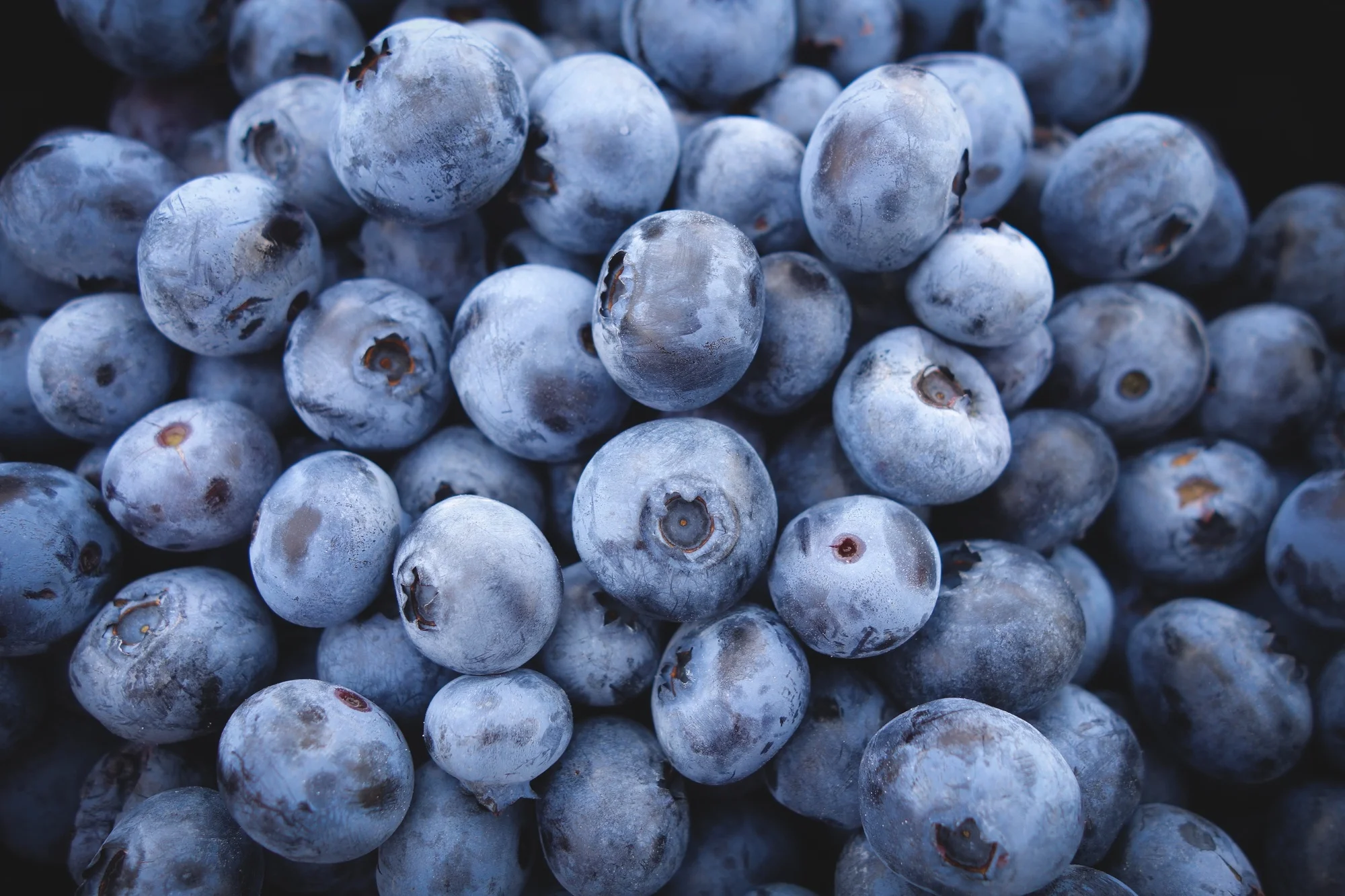How to Start Your Baby on Solid Foods
/Choosing the first food your baby will EVER have can be intimidating. Between the sleep deprivation and the new baby paranoia, it can feel like if you don’t get this right your poor helpless tot will veer off into a life of unhealthy, life-altering choices.
As a dietitian, I felt acute pressure at getting my baby’s first foods right, and taking a glimpse around the internet it’s easy to see that we all worry about what can feel like a critical stage. Will my baby choke? If I screw this up will they hate vegetables and be a picky eater FOR-EVER?
The short answer is no. They probably won’t choke. (Pro tip: if your baby can cough they’re breathing! Isn’t that a relief to hear?) They probably won’t hate veggies forever (though they probably will again when they’re a toddler.) And you won’t mess this up!
Now that that’s settled, here are some tips and easy foods to ease you both in to the wonderful, tasty world of solid foods!
Best First Foods For Your Baby
Avocado - Avocado really is one of the perfect first foods for your baby. It’s got filling healthy fat, nearly 20 vitamins, fiber, and brain-building choline. Plus it comes ready made - no need to cook! Just mash and serve, or if you’re baby led weaning hand your baby a ripe quarter.
Apples - An apple a day will help keep baby healthy! Applesauce is a sweet, making it an easily accepted first food for your baby. Plus homemade applesauce is easy to prepare - peel, simmer, blend and freeze. Tired of apples? Try poaching pears. (Just try not to eat them all yourself!)
Banana - Feeding a baby on the go? Grab a banana and mash it down with a fork. Voila! On the go, delicious mush!
Meat - Babies grow so quickly at this age and iron is one of the nutrients they need for growth and brain development. Babies, and especially breastfed babies, are usually recommended to have foods or vitamins fortified with iron. If you’re more of an all natural mama or papa you may have questioned this recommendation and you may opt for foods naturally high in iron. (I know I did after seeing the black tarry poops and constipation that followed a vitamin with iron.) Puréed meat is beginning to get the green light as a first food, due to its high and easily digested iron content. Adding other fruits and vegetables to the purée may make it more palatable.
Oatmeal - While fortified rice cereal has been a popular first food, you may have heard recent reports that have found rice cereals contain high levels of naturally occurring arsenic. An easy, nutritious swap is oatmeal ground fine and mixed with breastmilk or formula. Begin with a watery texture and build up, and as your baby builds a repertoire of safe foods you can mix in other flavors such as apples, cinnamon, and peanut butter.
Peanut Butter - For years parents have been told to keep their babies away from peanuts in order to keep kids from getting allergies, but guess what? It turns out it was all backward! Scientists began to notice that children of similar ancestry, but different cultures had vastly different rates of peanut allergies. In the UK, where parents waited to introduce peanuts, kids were ten times more likely to develop peanut allergies versus in Israel, where it was normal to start kids on peanut products around 7 months. The new recommendation now states to give your kids peanuts around 6 months of age, though speak to your pediatrician if your family has a history of food allergies. Water down peanut butter and spoon feed or mix in with other foods, such as applesauce or oatmeal.
Veggies, veggies, veggies - Many infants and toddlers in the US do not consume any fruits or vegetables. Isn’t that crazy? Set up good health habits by letting your baby try a variety of different types of vegetables. Many typical first veggies include carrots, green peas, green beans, sweet potatoes, and squash. Slice and place in a pan with water and steam till tender and most of the water is gone. Then throw them in a blender with the liquid. Many vegetables lose vitamins in water as they cook, so by including the water you’re ensuring you’re little one is also getting all the vegetables’ nutrients. Plus this helps make for a perfect baby food texture.
How to Prepare Baby Food
Try one food at a time, with a new food every 3 days to make sure your baby does not have any allergies or sensitivities.
Add water to purées and thicken more over time as your baby’s ability improves.
If a food is too thick, add breast milk or water. Too thin? Add ground oats or other baby cereal.
Try freezing puréed foods in ice cube trays and save different flavors in the freezer. The night before, place a couple of different cubes/flavors into a glass bowl and cover. By morning they’ll be ready to heat up and go.
As you develop a list of foods your baby can eat, you can start to make your own baby food mixes and freeze these.
Tips For Introducing Your Baby to Solid Food
It’s advised to wait till a baby is 6 months old before trying solid foods. One recent survey found that 40% of parents introduce solids before this time. Part of this recommendation is to encourage moms to breastfeed till 6 months, which can decrease the risk of infections and obesity. Signs your baby may be ready to chow down on solids include sitting up on their own, reaching for food on the table, and being able to swallow from a spoon.
Keep trying new foods. Don't give up! It can take many exposures of a certain food before a child accepts it.
You may want to try baby led weaning, which is when large pieces of cooked food are given to your baby and they essentially gnaw on them. This contradicts modern ideas of how to feed a baby. Usually, you start with soupy mush and thicken it up, then move on to bigger and bigger pieces. Baby led weaning may lead to less food fussiness and it’s theorized, though not proven as of yet, that babies will eat till they’re full and follow their own hunger cues, which could potentially lead to less childhood obesity.
Allow your child to tell you when they’re full. Kids eat when they’re hungry. Trying to shovel an extra few spoonfuls in does feel tempting, especially when you think it may get them to sleep a bit longer - trust me, I know. Unfortunately, this practice can hurt your child’s ability to sense when they’re hungry or full and increases the risk of childhood obesity. Look for signs your baby is full such as when they close their mouth, turn their head away, slow down, shake their head, or push food away.
No need for added sugar or salt - your baby hasn’t developed a taste for these yet, and why start now? Over time you can test out various other spices though such as cinnamon, garlic, ginger, cumin, and pepper. At the very beginning when you’re trying out each food it’s best to keep it simple, but there’s no need to keep baby food boring and bland.
You don't need to buy into all the devices that make baby food. All you really need is a pan, a knife, a food processor, ice cube trays with a lid... and a lot of bibs! Your baby will progress past mush - and many of those devices - quickly.
My babe and I hope you enjoy exploring new foods together! Let me know if you have any questions, or share below any foods you loved for other parents!
May your child be this happy about green beans.





